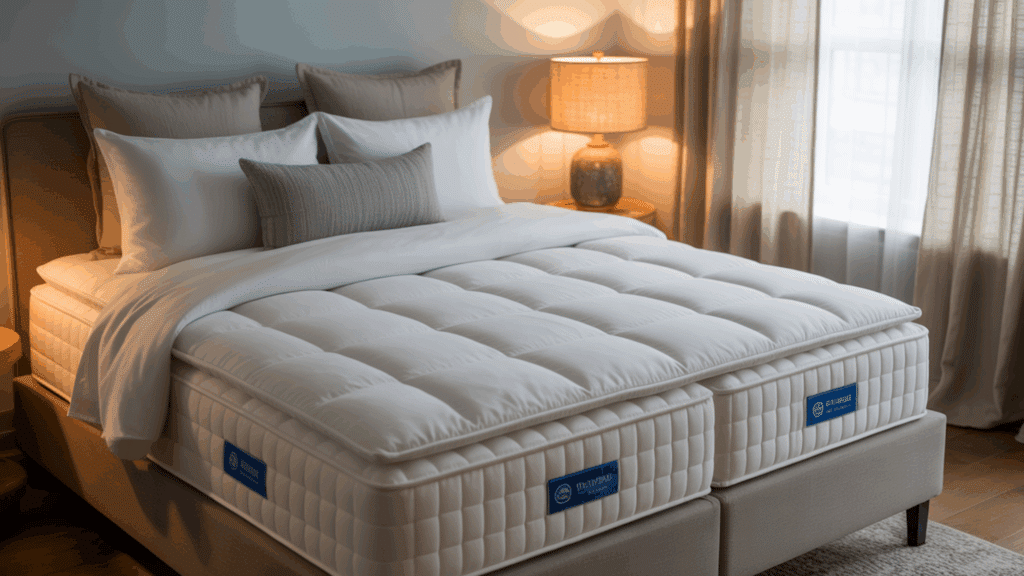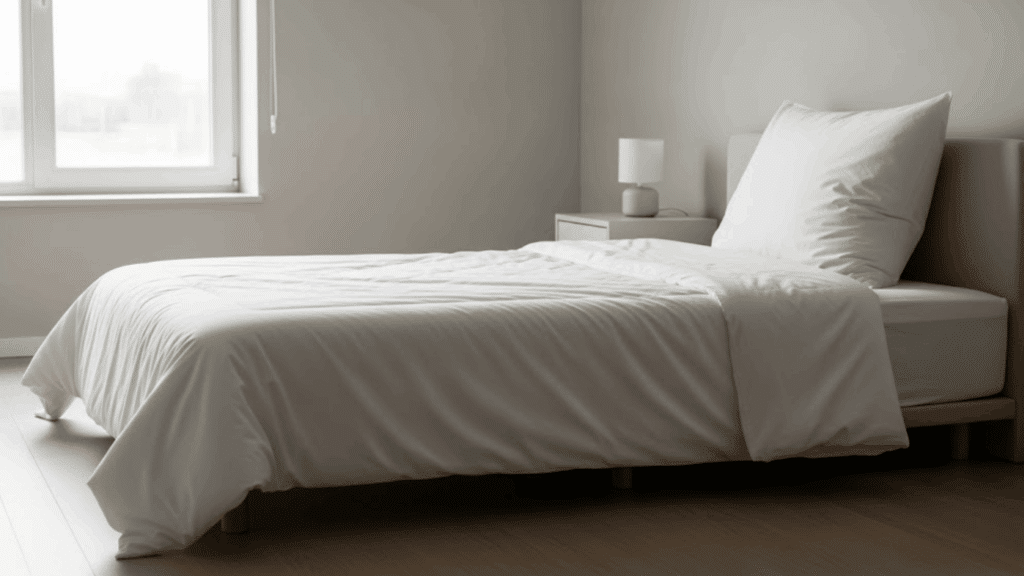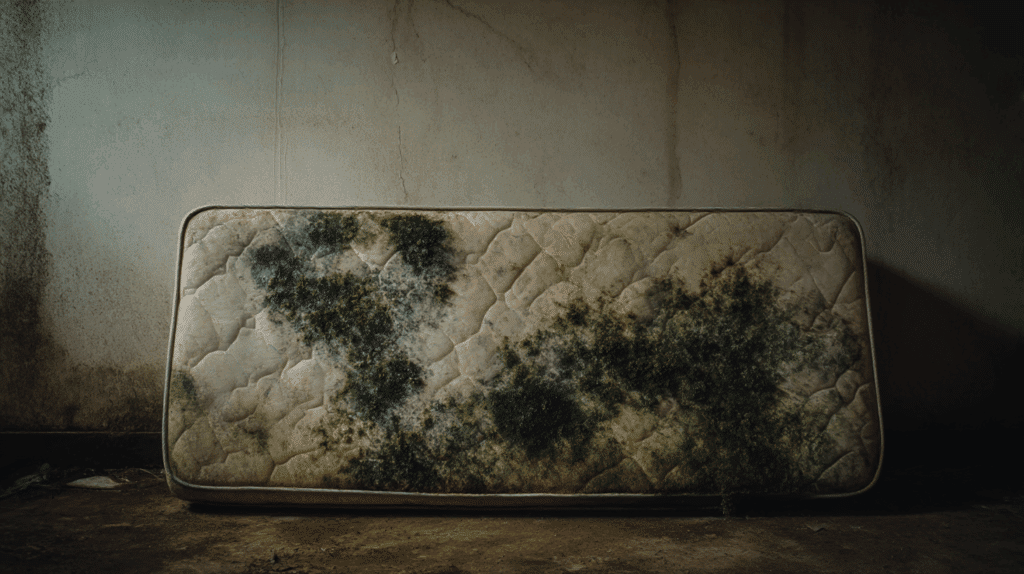Confused about mattress pads and mattress protectors? You’re not alone.
Many people think these two bedding essentials are the same thing. They’re not. Each serves a different purpose in keeping your bed comfortable and clean.
A mattress pad adds extra cushioning and softness to your sleep surface. Think of it as a fluffy layer that makes your bed more comfortable. A mattress protector acts like a shield. It guards your mattress against spills, stains, and allergens.
Choosing the wrong one can leave you with an uncomfortable night’s sleep or a stained mattress. Understanding the difference is simple once you know what to look for.
Let’s break down everything you need to know to make the right choice for your bed.
What is a Mattress Pad?
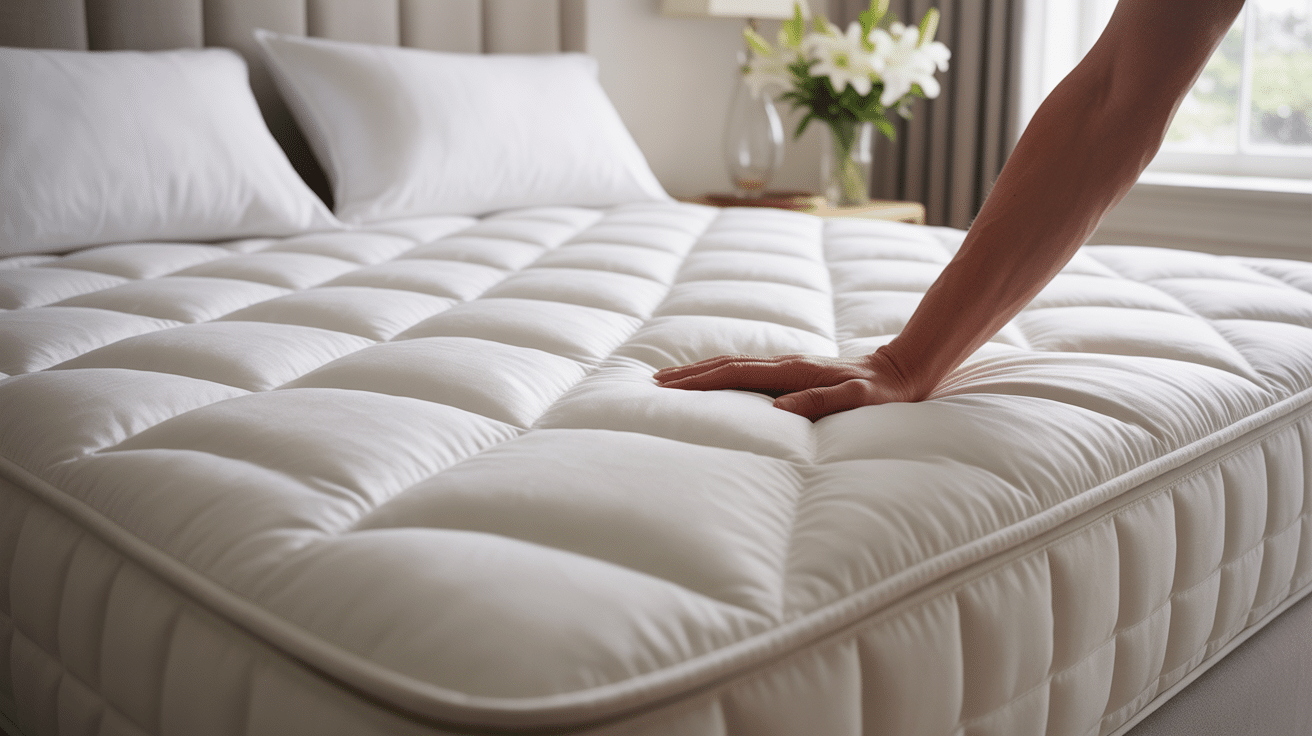
A mattress pad is a thin layer of cushioning that sits on top of your mattress. Most pads are filled with materials like cotton, polyester, memory foam, or down alternative fibers.
The main job of a mattress pad is to make your bed more comfortable by adding extra softness to firm surfaces.
Key Benefits:
- Improved Comfort – Adds softness and reduces pressure points
- Temperature Control – Helps regulate body heat for better sleep
- Easy Maintenance – Simple to wash compared to cleaning a mattress
- Cost-Effective – Less expensive than buying a new mattress
When to Get One: Consider a mattress pad if your mattress feels too firm. They’re great for guest beds, dorm rooms, or when partners prefer different firmness levels. If your mattress is old but still supportive, a pad can give it new life.
What is a Mattress Protector?

A mattress protector is a thin, waterproof cover that wraps around your mattress like a fitted sheet. It creates a barrier between your mattress and anything that might damage it.
The main purpose is to keep your mattress clean and safe.
Key Benefits:
- Spill Protection – Blocks spills, sweat, and stains from reaching your mattress
- Allergen Defense – Keeps out dust mites and allergens for healthier sleep
- Warranty Protection – Protects your mattress warranty from being voided due to stains
- Extended Freshness – Helps your mattress stay clean and fresh longer
When to Get One: Consider using a protector if you have kids or pets who might have accidents. They’re also great for people with allergies. If you want to keep your mattress investment safe, you should use one from day one.
Key Differences Between Mattress Pads and Mattress Protectors
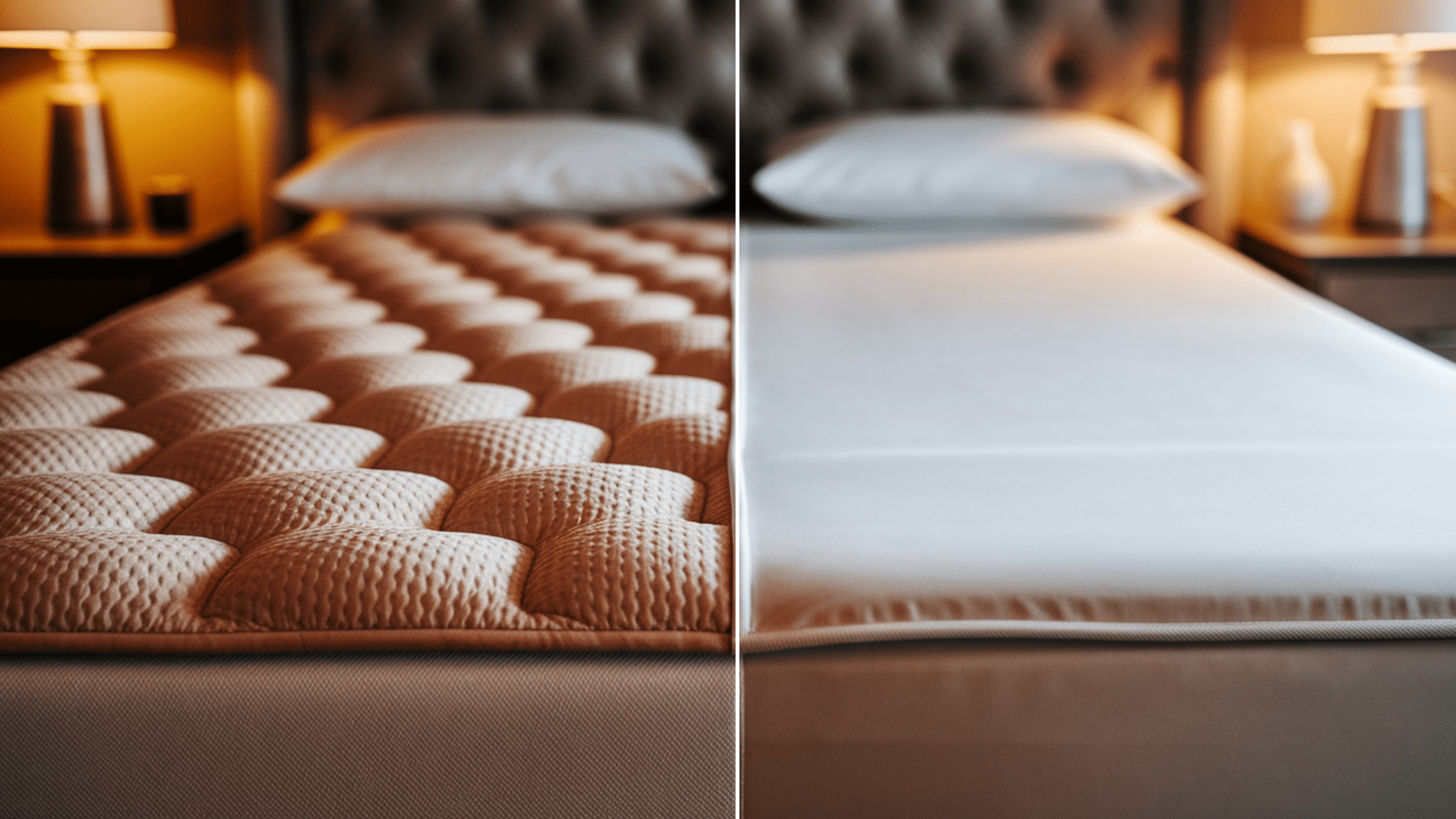
Understanding the main differences between these two bedding items will help you choose the right one for your needs. Here’s a quick comparison of how they stack up against each other.
| FEATURE | MATTRESS PAD | MATTRESS PROTECTOR |
|---|---|---|
| Function | Adds comfort and softness to firm mattresses | Creates a waterproof barrier against spills and allergens |
| Materials | Cotton batting, memory foam, down alternative, bamboo fibers | Waterproof vinyl/polyurethane backing with cotton or polyester top |
| Thickness | 1-4 inches deep, changes the bed feel | Very thin (less than 0.5 inches), barely noticeable |
| Durability | May compress or wear out faster, especially foam types | Lasts longer due to sturdy protective materials |
| Maintenance | Takes longer to dry; some need special care | Easy machine washing, dries quickly |
| Primary Benefit | Better sleep comfort | Mattress protection and hygiene |
As you can see, mattress pads and protectors serve completely different purposes. Choose a pad for comfort or a protector for safety, or use both together for the best of both worlds.
Your Complete Buying Guide
Finding the right mattress pad or protector doesn’t have to be overwhelming. Here’s what you need to know before you shop.
1. Getting the Right Size and Fit
Measure your mattress before you buy anything. You’ll need the length, width, and height measurements. Standard sizes work for most beds, but thick mattresses need deep pocket versions. Look for elastic edges that stretch around your mattress corners without slipping off. A good fit stays in place all night without bunching up.
2. Signs of Quality Products
Not all mattress pads and protectors are made the same. Here’s what to look for when checking quality:
- Mattress pads: Even filling distribution, strong stitching, baffle-box construction
- Protectors: Water beads up on surface, soft top feel, no plastic-like texture
- Both products: Reinforced seams, quality materials, good customer reviews
Avoid products that feel cheap, make noise, or have thin elastic bands. Quality items last longer and perform better.
3. Budget-Smart Shopping
You don’t need to spend a fortune to get good bedding protection and comfort. Here’s what you can expect to pay:
| Product Type | Price Range | Budget Option | Premium Option |
|---|---|---|---|
| Mattress Pads | $30-150 | Basic cotton ($30-50) | Memory foam ($100-150) |
| Mattress Protectors | $20-80 | Simple waterproof ($20-30) | Breathable premium ($40-80) |
Shop during back-to-school sales or January white sales for the best deals.
Trusted brands include Sleep Innovations and Lucid for pads, SafeRest and Utopia Bedding for protectors. Shop at Amazon for variety, Target for mid-range options, or specialty stores for premium choices. Read customer reviews before buying to make the best decision for your needs.
Which One Do You Need?
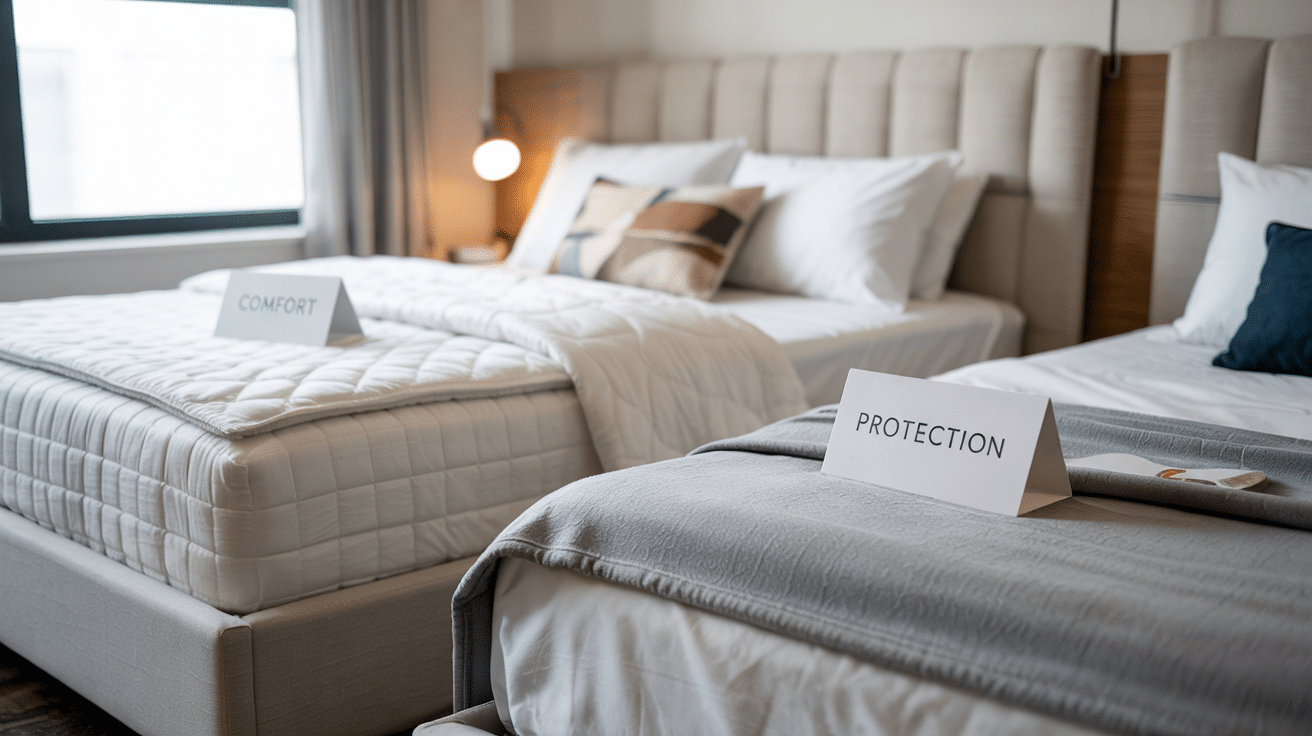
The answer depends on your biggest bedding concern. Let’s break it down by common situations so you can make the right choice for your sleep needs.
Your mattress feels too firm, and you wake up sore. A mattress pad is your solution. It adds the softness and support that your mattress is missing.
Memory foam pads work well for pressure point relief, while cotton pads offer breathable comfort for hot sleepers.
Do you have kids or pets who might have accidents? A mattress protector is what you need. It creates a safe barrier against spills and stains. Many mattress warranties become void if stains occur, making protectors a smart financial choice.
Situations Where You Need Both
- Your mattress is firm, and you need protection from spills
- You have allergies, but also want extra comfort
- Your kids need a soft, safe sleeping surface
- You want to protect an expensive mattress while making it more comfortable
Use both products together by putting the protector on first, then adding the pad on top.
The decision comes down to your main need. Uncomfortable mattress? Get a pad for softness. Worried about spills? Get a protector for safety. Have both concerns? Use both together.
Conclusion
Choosing between a mattress pad and a mattress protector is simple once you know the difference. Pads add comfort to firm mattresses. Protectors create a waterproof barrier against spills and allergens.
Think about your main need. Uncomfortable mattress? Get a pad. Worried about accidents? Choose a protector. Many people use both together for complete comfort and protection.
Your sleep quality affects everything from your mood to your health. A small investment in the right bedding can make a huge difference in how you feel every morning. If your mattress needs extra softness or better protection, there’s a simple solution waiting for you.
Don’t let sleep problems continue. Choose the right solution for your mattress tonight and start getting the comfortable, protected sleep you deserve.
Frequently Asked Questions (FAQ)
Can I Use A Mattress Pad And Mattress Protector Together?
Yes, you can use both together. Put the protector directly on your mattress first, then place the pad on top. This gives you waterproof protection plus extra comfort.
Do Mattress Pads Affect The Firmness Of My Mattress?
Yes, mattress pads make your bed softer. The thicker the pad, the more it changes your mattress’s feel. Memory foam adds significant softness, while cotton provides moderate cushioning.
How Often Should I Replace My Mattress Protector Or Pad?
Replace protectors every 2-3 years or when water soaks through. Replace pads every 1-2 years, depending on material and use. Replace either immediately if you see tears or permanent stains.

